
Some chores disappeared quietly. One day, they were just part of life; the next—they were gone. New tech, disposable habits, and changing lifestyles replaced them. No more hauling, scrubbing, or waiting hours just to get through the basics. These aren’t just old chores. They’re reminders of how much daily life has changed—and how much easier some things have become without us even noticing.
Ironing handkerchiefs
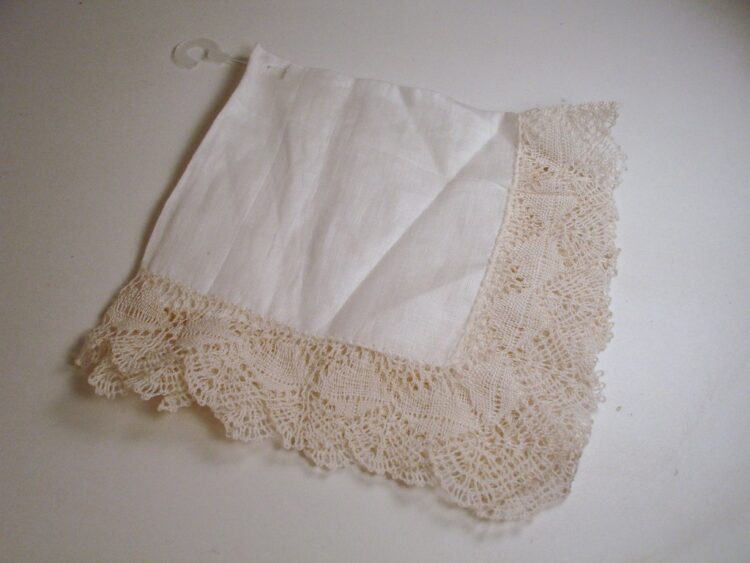
There was a time when everyone had a stack of handkerchiefs instead of tissues. And those handkerchiefs? They got washed, dried, then ironed flat—corners aligned, folds crisp. Now, most people wouldn’t even think of reusing one, let alone pressing it. It’s a small thing, but for decades, this was just part of laundry day. Now, it’s vanished without much notice, replaced by boxes of soft, disposable paper.
Sharpening kitchen knives by hand
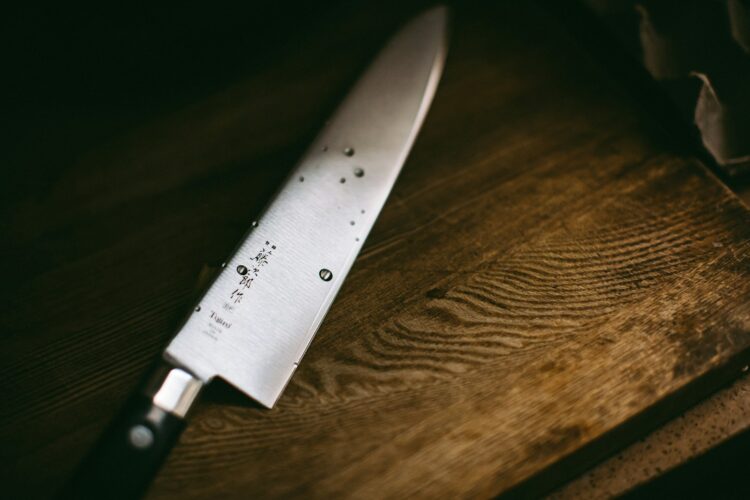
Every household used to have a sharpening stone or steel tucked away. Someone—usually the same person every time—would go through the entire drawer of kitchen knives, keeping them sharp enough to slice without sawing or tearing. It took patience and a steady hand. Now, most people buy a new knife set when the old one starts dragging. Or they use a cheap pull-through tool once a year. The whole sharpening routine has faded quietly out.
Washing clothes by hand
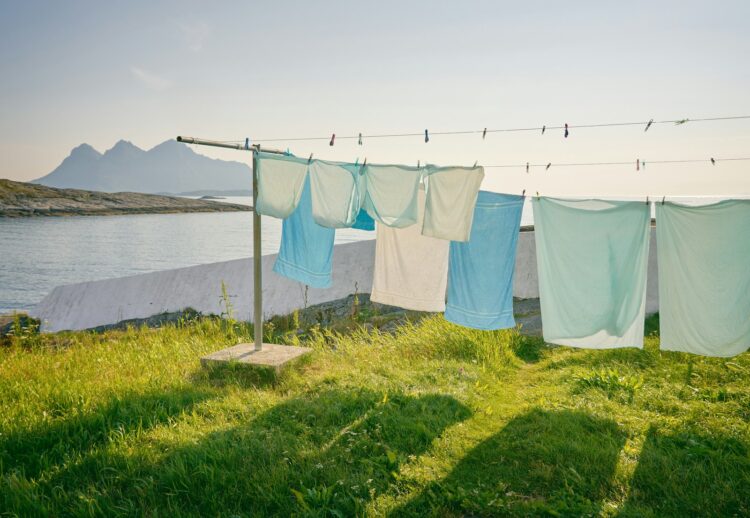
Before washing machines, laundry meant buckets, soap bars, and long afternoons. Clothes were scrubbed against washboards or pounded against stones, then wrung out and hung up. Even with machines around, some people still hand-washed delicates. Now? We toss everything in, hit a button, and walk away. If it doesn’t survive the spin cycle, we usually blame the clothes—not the lack of care.
Polishing silverware
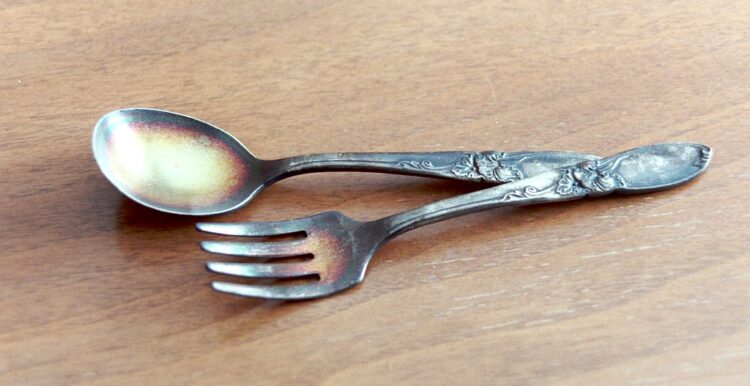
If your house had real silver, it wasn’t just for display—it came with upkeep. Tarnish built up fast, and someone had to regularly buff each fork and spoon with a cloth and paste. It smelled like chemicals and made your hands black. Nowsilver is mostly stainless. Looks clean, stays clean, and doesn’t demand weekend polishing sessions to stay that way.
Defrosting the freezer

Freezers used to freeze everything—including themselves. Thick ice built up on every shelf, eating space and making doors hard to close. You had to unplug it, chip away at the frost with a spatula or spoon, and mop up puddles as it melted. It wasn’t optional—it was regular maintenance. Today’s models defrost automatically. You never hear it and never touch a towel. That wet, clunky chore has disappeared behind a quiet hum.
Rewinding VHS tapes
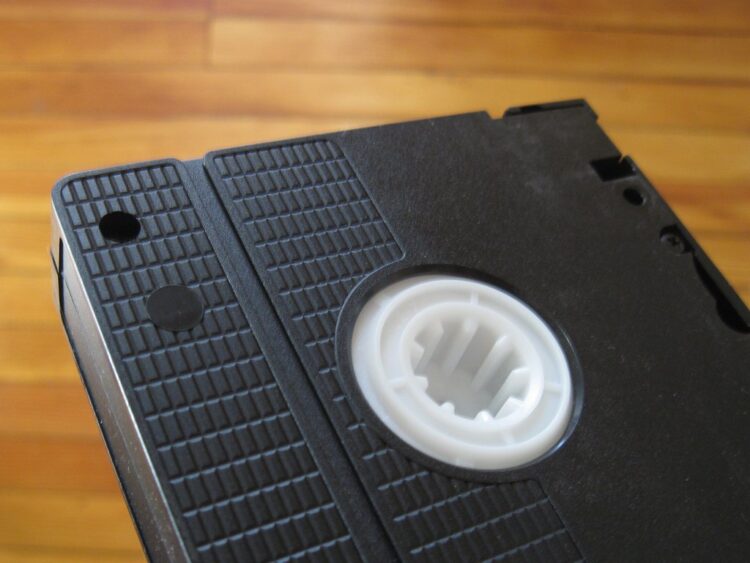
When you finished a movie, you had to rewind it manually. If you didn’t, someone else had to wait—sometimes a full five minutes—to start watching. Rental stores even charged fees for tapes returned without rewinding. Kids learned to be kind and hit the rewind button. Now there’s no tape, no spinning, no waiting. Everything’s digital. The idea that a movie “wasn’t ready” feels like a detail from another lifetime.
Hanging clothes with clothespins
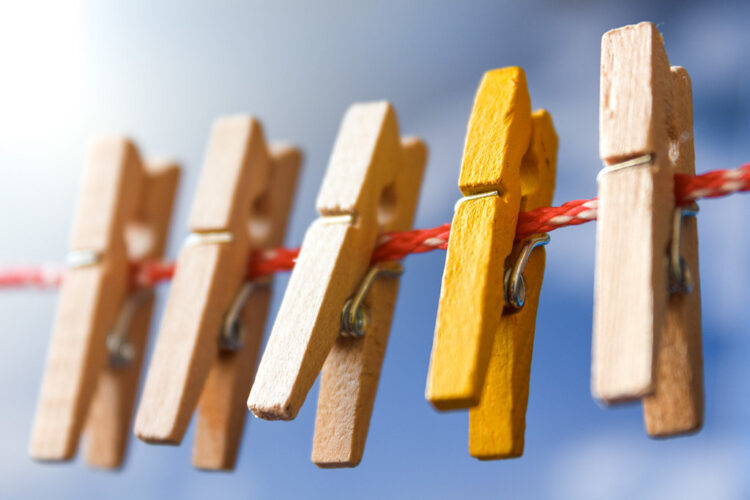
Dryers weren’t always in every home. Clotheslines stretched across yards and balconies, and laundry was held up with wooden pins. Wind, sun, and time did the drying. It worked, but it was weather-dependent and slow. Now dryers finish a load in under an hour, and the pins? Mostly bought for crafts or nostalgia. Air-drying still happens—but not as the only option.
Dusting TV screens
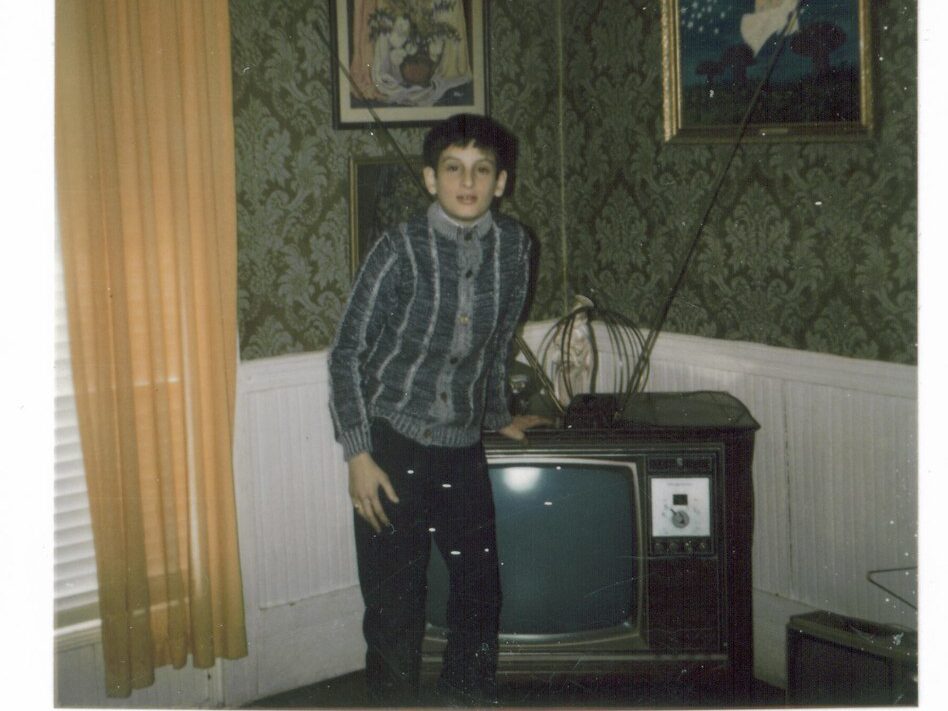
Old TVs were static magnets. Big, boxy, glass screens that seemed to attract every bit of dust in the room. You couldn’t just wipe them once and be done. They needed regular dusting with a cloth or special spray just to stay watchable. Some people even had a routine—TV first, then shelves. Modern screens? Flat, anti-static, and less clingy. They still get fingerprints, but not that fuzzy halo that used to be standard.
Changing vacuum cleaner bags
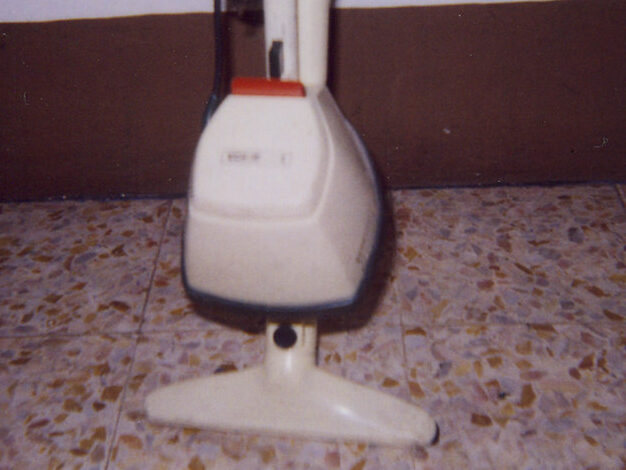
Vacuuming once meant replacing dusty paper bags that filled quickly and smelled worse. You had to guess when they were full—not too early, not too late—or lose suction and spread dirt around. If you ran out of spares, cleaning paused until you bought more. Now, most vacuums use clear plastic canisters that twist and dump in seconds. That mess of crumpled paper and stale dust? It’s one more thing we don’t miss.
Washing windows with newspaper

Spray, wipe, repeat—with yesterday’s paper. That’s how windows got cleaned. The ink helped cut streaks, or so people believed, and it was cheaper than paper towels. You’d keep a stack just for this. Now, microfiber cloths do the job without smudging. Newspapers barely show up on doorsteps anymore, let alone in window-cleaning routines. It’s a tradition that’s quietly been wiped out.
Using a carpet beater
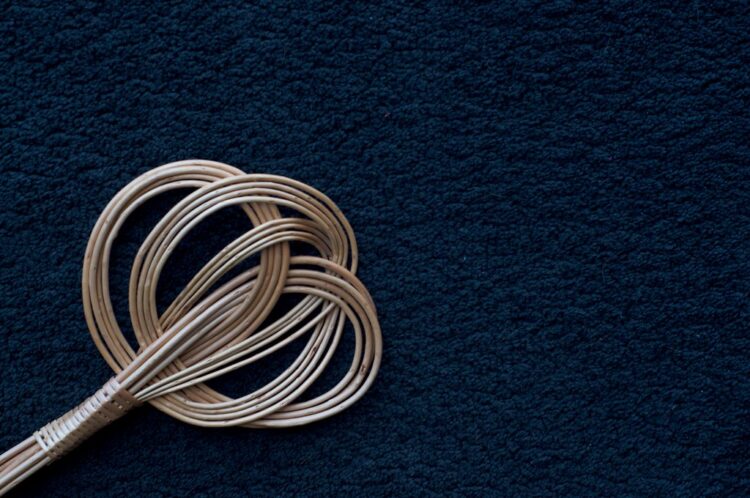
Before vacuums, rugs were hauled outside, hung over a railing, and beaten with a woven paddle. It knocked out dirt, dust, and whatever the broom missed. It was loud, physical, and took forever. Now, a single pass with a vacuum does what once took arms, effort, and clouds of grit. The sound of thwacking a rug in the yard? Pretty much vanished from modern life.
Reheating food on the stove

Leftovers used to mean pulling out a pan, adding water or oil, and standing by to stir until it was warm. No shortcuts. Microwaves changed all that. Now, it’s a plate, a timer, and a beep. The process takes seconds instead of fifteen minutes. And while the stove still has its place, it’s no longer the go-to for bringing cold food back to life.
Winding clocks
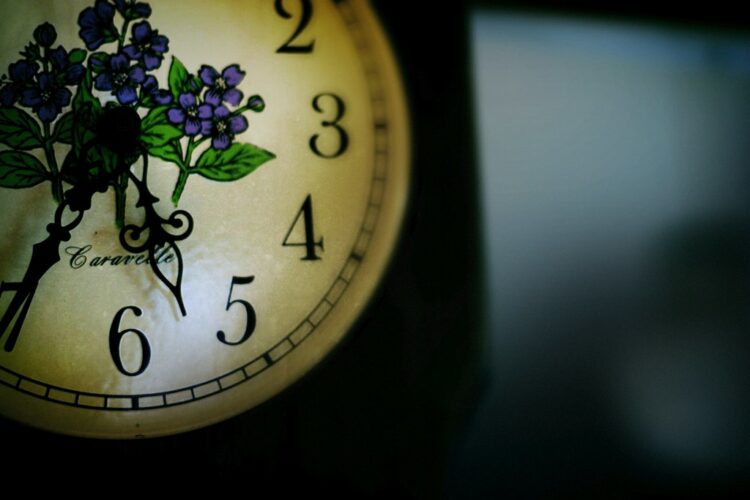
Before digital displays and smart assistants, you had to keep time by winding. Mantel clocks, wall clocks, wristwatches—they all needed regular rewinding, or they’d stop dead. It was a tiny habit you didn’t think about until the ticking stopped. Now, most timepieces run on batteries or plugs. The quiet ritual of winding the hour back into motion? Almost entirely gone.
Cleaning ashes from fireplaces
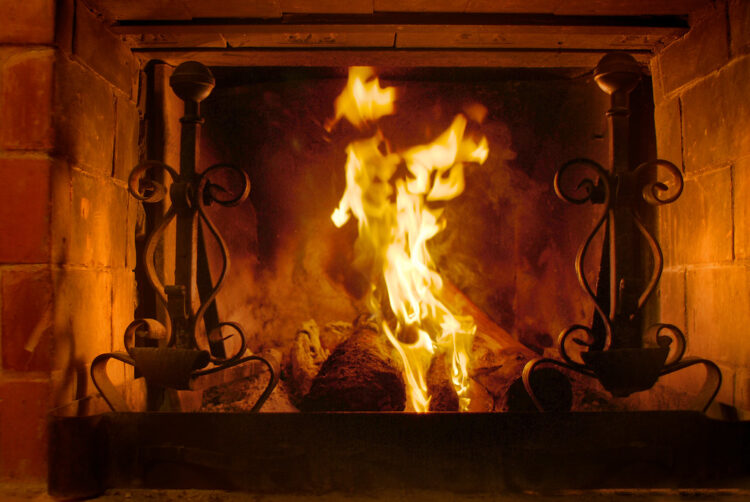
Heating the house used to mean lighting a fire, and cleaning it meant scooping out cold ashes the next morning. It was messy, dusty, and daily in winter. Now, heat comes from a switch. Gas or electric fireplaces don’t leave behind soot. The tools are mostly decorative. Actual ash cleanup is rare unless someone’s into vintage cabins or wood stoves by choice, which is not a necessity.
Ironing sheets

Yes, people used to iron bedsheets. Smooth cotton. No wrinkles. It was a sign of good housekeeping. You’d spread them out, line by line, making sure every edge lay flat. Now, most sheets go from washer to dryer to mattress, maybe with a little wrinkle. Maybe not. Ironing sheets has gone from standard practice to something only hotels or grandmothers even consider.

